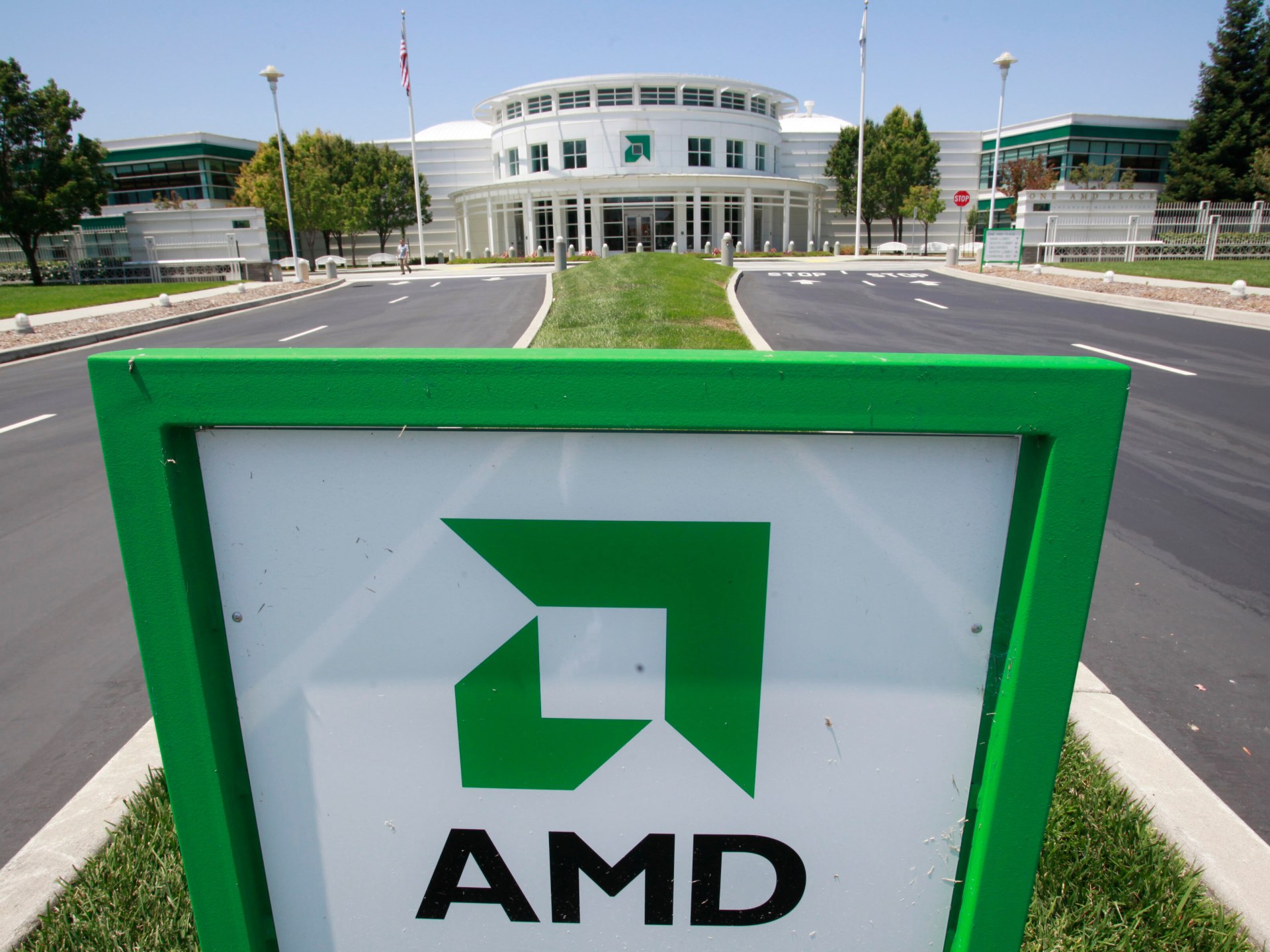OpenAI and AMD announced a multi year partnership for an initial 1 gigawatt deployment of AMD Instinct MI450 class AI accelerator chips, scalable to 6 gigawatts, plus warrants for roughly 160 million shares, effectively up to 10 percent, reshaping AI infrastructure competition.

On October 6, 2025 OpenAI and AMD unveiled a multi year strategic partnership that could change the landscape of AI infrastructure innovation. The agreement starts with an initial 1 gigawatt deployment of AMD Instinct MI450 class AI accelerator chips with contractual capacity rights that can scale to about 6 gigawatts over the life of the deal. As part of the arrangement OpenAI received warrants tied to roughly 160 million AMD shares, effectively up to about 10 percent if exercised. The market reacted with a sharp rally in AMD stock as investors recalibrated their expectations for AI compute competition.
Training and running modern generative AI models requires massive parallel processing and reliable high performance compute clusters. GPUs serve as the core AI accelerator chips for many workloads because they can handle large matrix operations for training and inference. In industry terms a gigawatt measures the aggregate power available to run racks of GPUs along with cooling and supporting infrastructure. For perspective, 1 gigawatt of data center power can support tens of thousands of high performance GPUs depending on configuration.
Historically a small set of vendors have dominated the AI data center GPU market. That concentration creates single vendor risk for large AI consumers and affects pricing and availability. OpenAI partnering with AMD signals a move toward more diversified compute capacity and scalable AI deployment across multiple hardware stacks.
Real world impact will depend on three practical factors. First actual deployment timelines and the pace of scalable AI deployment across data centers. Second comparative model performance on AMD hardware versus other AI accelerator chips, which will determine how readily developers and platforms adopt the new stack. Third pricing and supply commitments that shape enterprise procurement and investor sentiment.
This development fits larger trends in automation and enterprise infrastructure strategy. Companies are prioritizing diversified compute pools to avoid single vendor bottlenecks and to secure more favorable commercial terms. From a technical perspective gains will depend on how software frameworks and optimizations evolve to exploit AMD architectures at scale.
OpenAI and AMD have set in motion a partnership that could accelerate competition in AI infrastructure and change the dynamics of scalable AI deployment. The combination of an initial 1 gigawatt rollout, the option to expand to 6 gigawatts, and equity linked warrants for roughly 160 million shares creates strategic momentum for AMD while giving OpenAI broader compute capacity. Businesses and investors should monitor deployment progress, model benchmarks on AMD hardware, and the evolution of pricing and supply arrangements for signs that this agreement is reshaping the market for AI accelerator chips and high performance compute clusters.



